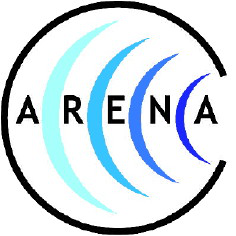Orateur
Mlle
Alexandra Saftoiu
(National Institute for Physics and Nuclear Engineering Horia Hulubei)
Description
We report here on analysis of 20 months of data taken with the LOPES radio antenna array set up in coincidence with the Grande array, both located at the Karlsruhe Institute of Technology, Germany. The radio antenna system is composed of 30 inverse-V-shape dipole antennas, 15 oriented in East-West and 15 oriented in the North-South direction.
We have restricted the analysis to a special selection of inclined showers (zenith angle > 40^0). These inclined showers are of a particular interest because they are the events with the largest geomagnetic angles and are
therefore suitable to test the model of the geosynchrotron based emission in EAS.
Effects of the applied antenna model in the calibration procedure on the reconstructed observables were studied. In particular, we have focused on one component of the antenna, a metal pedestal, which generates a resonance effect, a peak in the amplification pattern where it’s most effecting zenith angles in the range of inclined showers.
In addition, polarization characteristics of inclined showers were studied in detail and compared with the features of more vertical showers for the two cases of antenna models, with and without the pedestal.
Author
Mlle
Alexandra Saftoiu
(National Institute for Physics and Nuclear Engineering Horia Hulubei)

